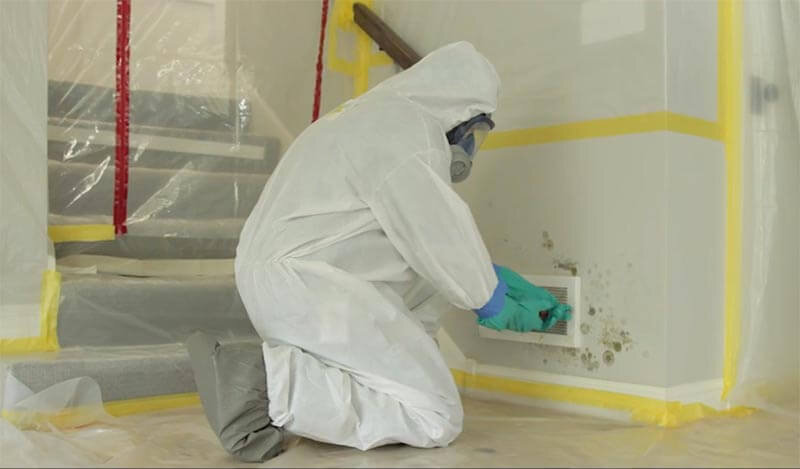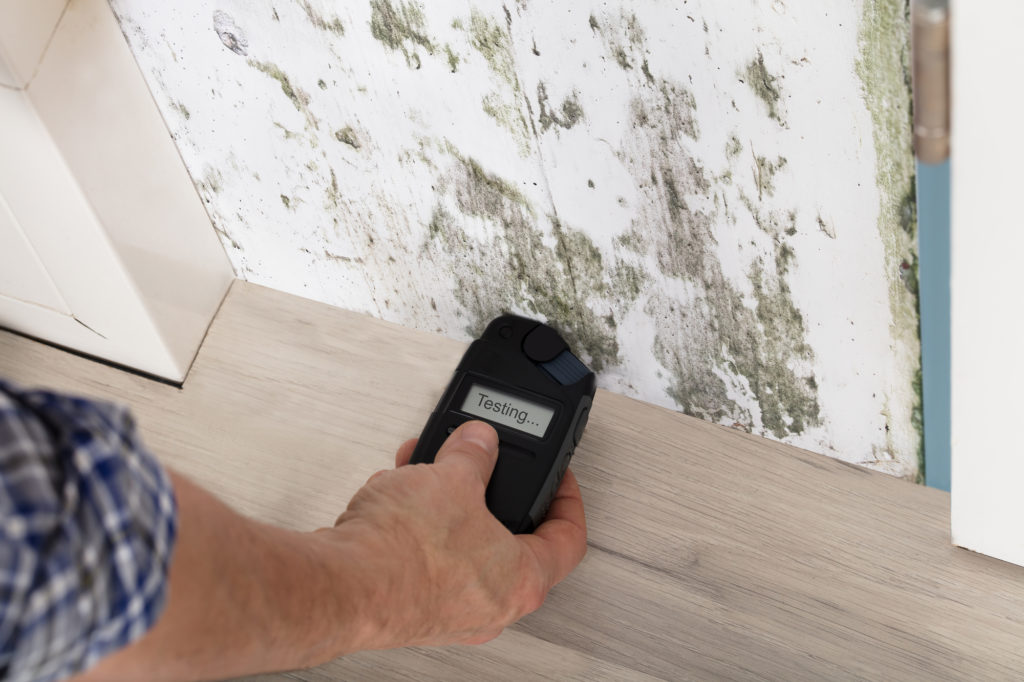Testing Air Quality After Mold Remediation
Testing Air Quality After Mold Remediation
Blog Article
Effective Message Mold And Mildew Removal Solutions for Your Home
Mold growth in homes can be a consistent problem, frequently requiring an organized strategy for effective post-remediation services. From understanding the aspects that contribute to mold advancement to carrying out correct cleansing techniques and dampness control procedures, the procedure can be complex yet important for maintaining a healthy and balanced living atmosphere. Furthermore, checking out all-natural remediation options and establishing a routine for continuous maintenance are essential elements of an extensive mold and mildew removal technique. As homeowners make every effort to attend to mold and mildew problems, discovering the most efficient options comes to be vital for the wellness of their houses.
Recognizing Mold Development Variables
The main aspect adding to mold and mildew development is dampness. Mold and mildew spores need wetness to sprout and prosper, making wet or damp settings very prone to mold and mildew infestations.

Furthermore, air flow and light exposure can impact mold development. Areas that do not have proper air flow and natural light are much more prone to mold and mildew development. By attending to these elements adequately, people can properly alleviate mold and mildew growth and guard their living environments.
Appropriate Mold And Mildew Cleaning Strategies
Using efficient cleansing approaches is important in preventing the recurrence and dealing with of mold contamination in indoor environments. The initial action in correct mold cleansing is to consist of the affected location to protect against the spread of spores to unpolluted areas.

Executing Wetness Control Actions
To effectively stop mold and mildew development and contamination in indoor atmospheres, carrying out dampness control procedures is extremely important. Moisture is the main aspect that gas mold and mildew development, making it crucial to handle moisture degrees within the home. One reliable action is to use dehumidifiers to maintain indoor moisture degrees listed below 60%. In addition, ensuring proper ventilation in locations prone to moisture accumulation, such as cooking areas and bathrooms, can help in reducing the risk of mold growth. On a regular basis evaluating and fixing any leakages in plumbing, roofing systems, or windows is likewise important in avoiding excess wetness buildup. Using exhaust fans while cooking or showering, and enabling air flow by keeping furniture slightly far from wall surfaces can help in moisture control. Using moisture-resistant materials in high-humidity locations, such as mold-resistant drywall and paints, can be useful. By faithfully applying these moisture control measures, homeowners can properly minimize the possibility of mold recontamination and keep a healthy and balanced interior environment.
Making Use Of All-natural Remediation Solutions
After efficiently applying wetness control procedures to stop mold growth in interior atmospheres, property owners can now discover the efficiency of natural removal remedies in preserving a healthy living room. Natural remediation options use environmentally pleasant techniques to fight mold and mildew and mildew, making them a popular choice for those looking for non-toxic alternatives. By including these natural removal options into their cleansing regimens, property owners check my source can efficiently battle mold and mildew growth while promoting a much healthier interior setting for themselves and their households.

Keeping a Mold-Free Environment
Regularly checking locations vulnerable to mold and mildew development, such as shower rooms, attics, kitchens, and cellars, is critical. Appropriate air flow in locations with high humidity degrees is likewise essential to avoiding mold and mildew growth.
In addition, preserving sanitation in the home is essential for mold and mildew prevention. Regularly cleansing and cleaning surfaces, rugs, and furniture can help eliminate mold and mildew spores prior to they have a chance to work out and increase. Utilizing mold-resistant products for construction products and furnishings can further help in creating a mold-free atmosphere. Lastly, keeping interior plants in check and guaranteeing proper drain in exterior landscaping can decrease moisture build-up, reducing the chance of mold problems. By complying with these proactive maintenance techniques, property owners can properly support a mold-free home.
Final Thought
Finally, it is important to deal with mold development elements, use correct cleaning strategies, implement wetness control measures, use all-natural removal services, and keep a mold-free environment in order to properly handle post mold removal in your home - After mold remediation. By following these methods, you can prevent mold from reoccuring and guarantee a healthy and balanced living setting for you and your family members
The key factor contributing to mold and mildew growth is wetness. Mold spores call for dampness to germinate and grow, making damp or wet environments extremely prone to mold and mildew infestations.To efficiently avoid visit this web-site mold growth and contamination in news indoor atmospheres, applying dampness control measures is critical. Furthermore, guaranteeing appropriate air flow in locations vulnerable to moisture build-up, such as kitchens and restrooms, can assist lower the threat of mold and mildew development.After efficiently applying dampness control actions to protect against mold and mildew development in interior atmospheres, home owners can currently discover the efficiency of all-natural remediation services in preserving a healthy living space.
Report this page